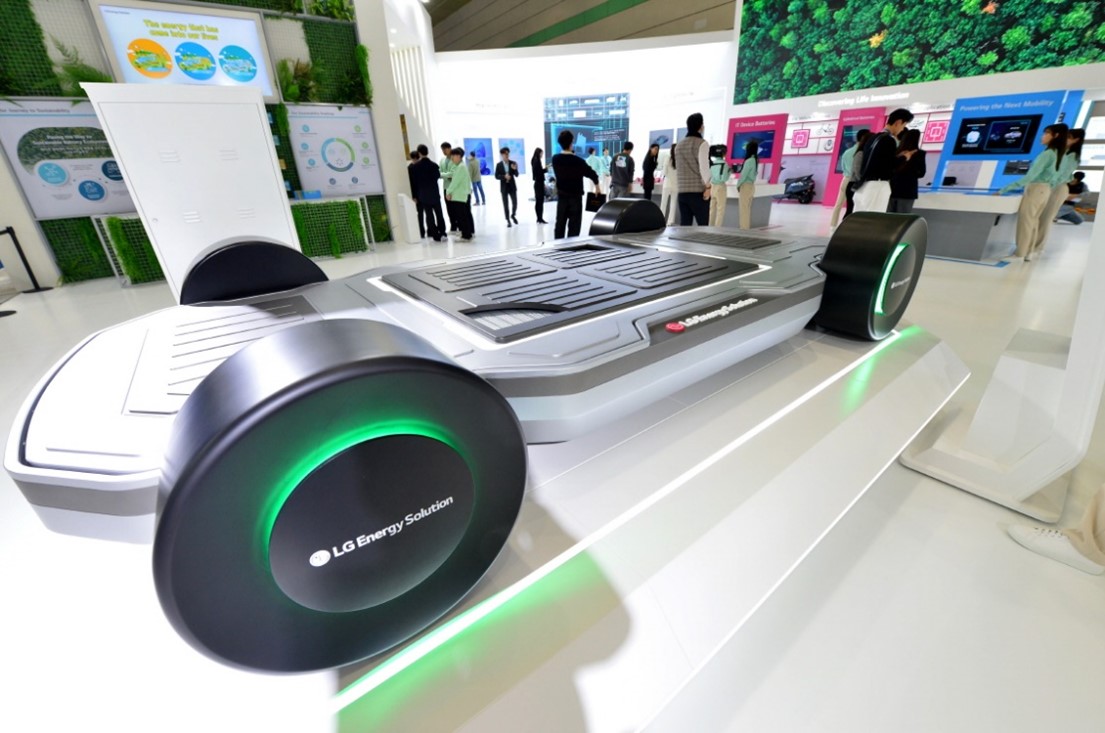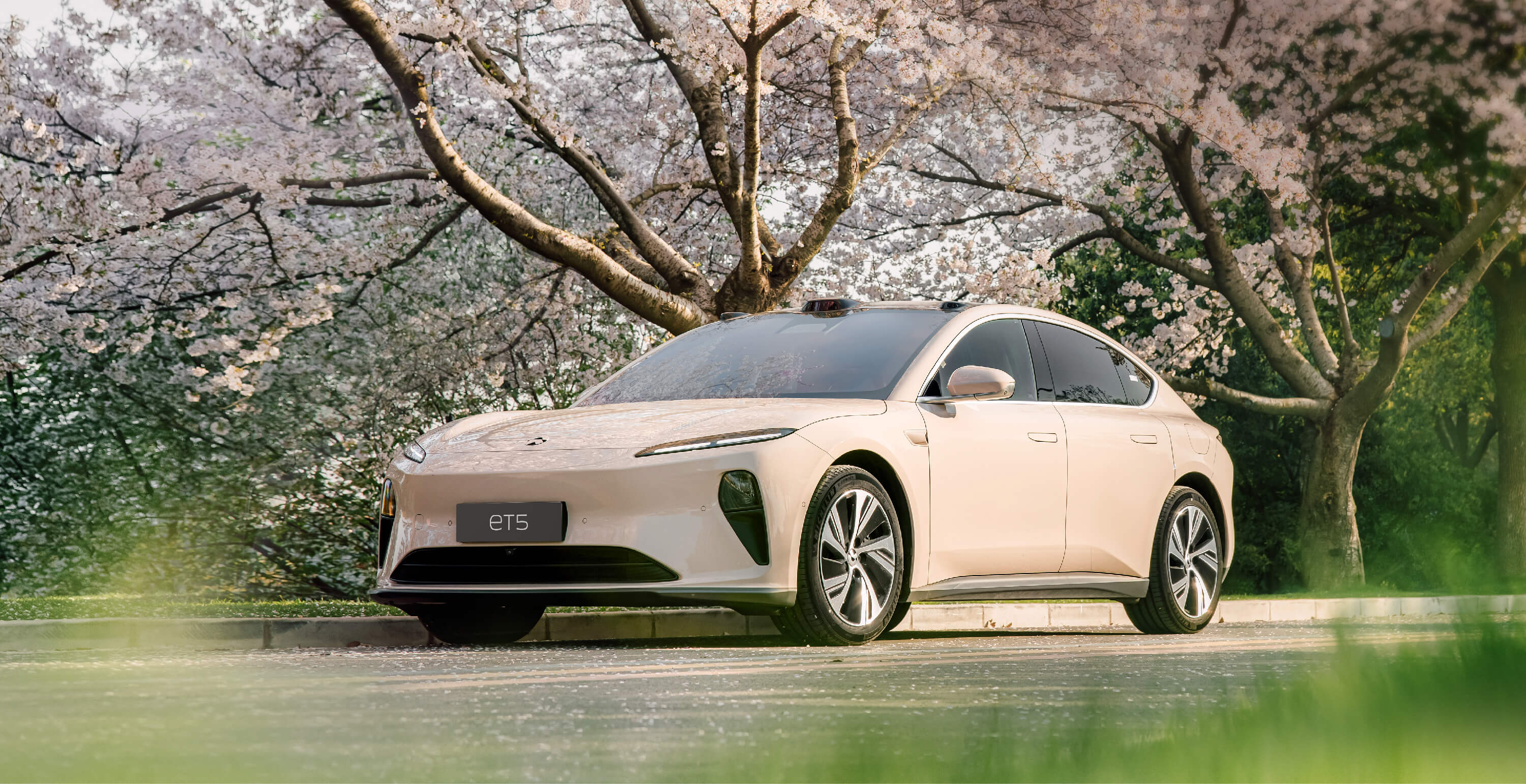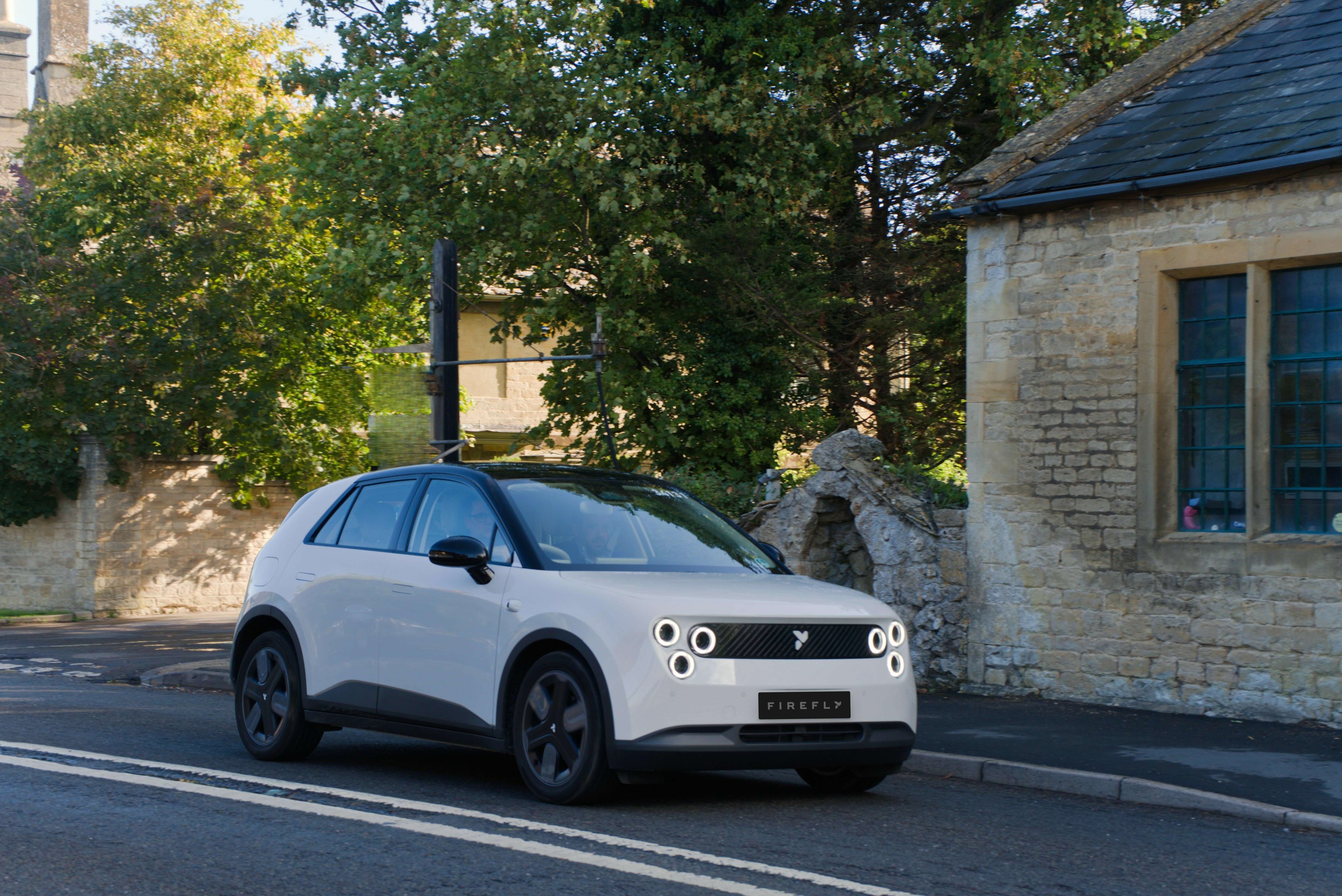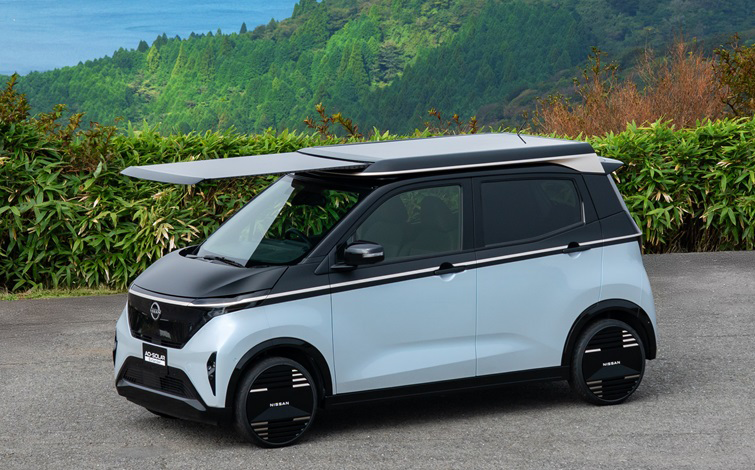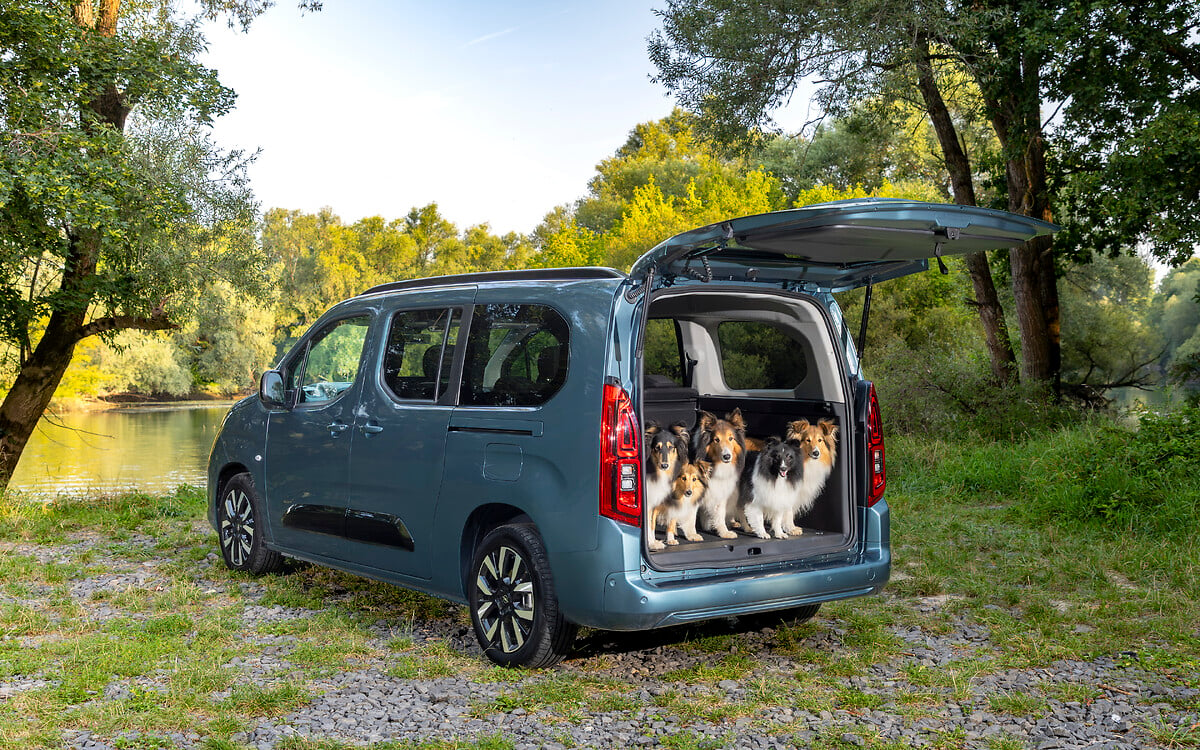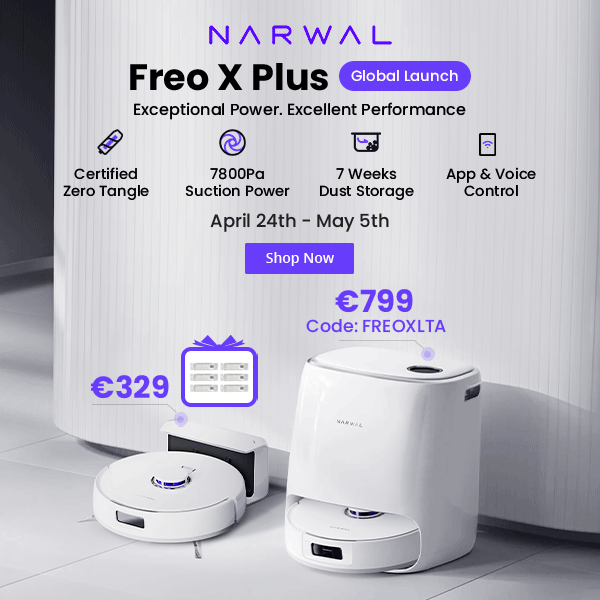
March’s auto market saw plugin EVs at a 58.1% share in Sweden, down YoY from 59.9%. Plugin volumes were down YoY for BEVs, but up slightly for PHEVs. Overall auto volume was 23,891 units, down some 21% YoY. The Tesla Model Y was March’s bestselling BEV.
March saw combined EVs at a 58.1% share in Sweden, with full battery-electrics (BEVs) at 34.9% and plugin hybrids (PHEVs) at 23.2%. These figures compare with 59.9% combined in March 2023, 41.6% BEV, and 18.3% PHEV.
XPENG adds a third, completely new model to its European range: the G6. This electric ultra smart coupe SUV operates at the heart of the popular segment of the best-selling car worldwide in 2023. Thanks to its innovative SEPA2.0 platform with 800V architecture and the most advanced software technology, the high degree of space and comfort and its uncompromising standard equipment, the G6 has everything to win the hearts of European EV drivers. The ultra fast charging G6 (up to 280 kW) will be available with two battery packs (66 kWh and 87.5 kWh), the largest of which has a maximum WLTP driving range of 570 km. XPENG’s ultra smart coupe SUV can be ordered from May and will be in the showroom later in the third quarter.
Hi guys!
The new website is almost as I want it and you can expect articles more regularly from now on.
During the recent migration from WordPress to Hugo I noticed some things.
First, the push notification system from OneSignal wasn’t sending notifications and adblockers were blocking the bell icon - that allows to subscribe or unsubscribe the service. Therefore, I decided to stop using this service, at least for now.
This year, LG Energy Solution debuted its groundbreaking pouch-type CTP technology, which was presented on a mock-up of a car, offering visitors a glimpse of its new battery technology in its actual size and appearance.
Another highlight that will attract attention at Samsung SDI’s booth will be a display of lithium-iron-phosphate (LFP) battery under development, along with a range of its ESS battery cell products. The company is working on building cells with LFP chemistry that comes with high price competitiveness, by driving engineering design optimization and process innovation. Samsung SDI aims to put LFP battery development into mass-production by 2026.
It’s been a while since I’ve looked into what LG Energy Solution is doing in terms of battery technologies.
First, let’s see the four latest battery cells that LG Energy Solution recently introduced. Then build some hypothetical battery packs with them.
LG Energy Solution E101A (NCM) Cell model: E101A Chemistry: NCM/Graphite Capacity: 101,8 Ah Nominal voltage: 3,67 V Energy: 374 Wh Gravimetric energy density: 287 Wh/kg Volumetric energy density: 637 Wh/L Lenght: 580 mm Width: 112,4 mm Thickness: 9 mm Weight: 1,303 kg Production: China and Poland (since 2023) 🔋Battery pack #1
NIO delivered 11,866 vehicles in March 2024, increasing by 14.3% year-over-year. The deliveries consisted of 6,737 premium smart electric SUVs, and 5,129 premium smart electric sedans. NIO delivered 30,053 vehicles in the first quarter of 2024. Cumulative deliveries of NIO vehicles reached 479,647 as of March 31, 2024.
We are thrilled to extend our invitation to you for the upcoming CONSTRUMA 2024 Exhibition, where we will unveil the latest advancements in AC EV charger solutions, engage in insightful discussions, and forge meaningful partnerships that pave the way for a greener future.
Lithium-ion battery capacity of 54 kWh gives Fiat 600e a range of more than 250 miles in the WLTP combined cycle and up to 375 miles in the urban cycle, making it the ideal vehicle for both city daily use and weekend getaways.
We are excited to extend an invitation to you for the prestigious Nordic EV Summit, where the latest innovations in electric vehicle technology will be showcased. Our exhibition at the summit will highlight cutting-edge OCPP-compatible charging stations, along with our innovative floor-mounted AC EV charger and comprehensive Energy Management System tailored for solutions.
Last year, Leapmotor and Stellantis announced the formation of Leapmotor International, a 51/49 Stellantis-led joint venture between the two carmakers. The French carmaker currently owns around 20 % of the Chinese carmaker.
This joint venture gives Stellantis exclusive rights to build, export and sell Leapmotor products outside China.
For this reason, Leapmotor International is going to assemble the small electric car T03 at Stellantis plant in Poland.
The production is slated to begin as early as the second quarter of this year, utilizing the semi-knocked down technique, wherein partially assembled kits are transformed into fully assembled vehicles.
At the AMPER 2024 exhibition, leading provider energy solutions, EVB, recently showcased its latest integrated solutions for commercial energy storage and DC charging stations. This series of innovative solutions aligns with the current trends in energy storage and EV mobility, demonstrating EVB’s leadership position in the renewable energy industry.






